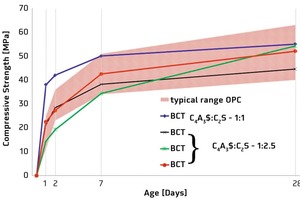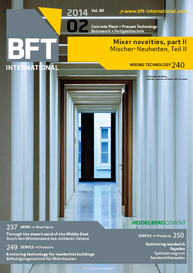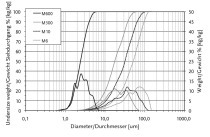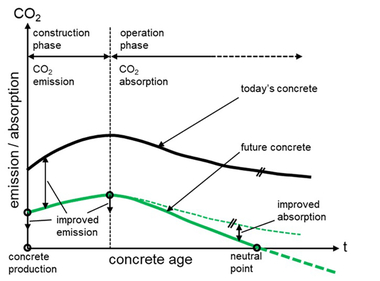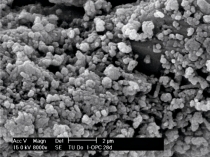30 % weniger C02 –
Ternesite, in cement technology most commonly known as sulfo-spurrite, has so far been assumed to be almost inert with respect to its reactivity in water. Researchers at the HeidelbergCement Technology Center recently discovered that ternesite actually is a reactive clinker phase. This discovery lays the basis of a novel innovative low-carbon clinker technology. The early age strength contribution of calcium-sulfo-aluminate (CSA) cements is combined with the durability of belite cements to result in this belite-calciumsulfoaluminate-ternesite (BCT) technology. In this system ternesite bridges...

